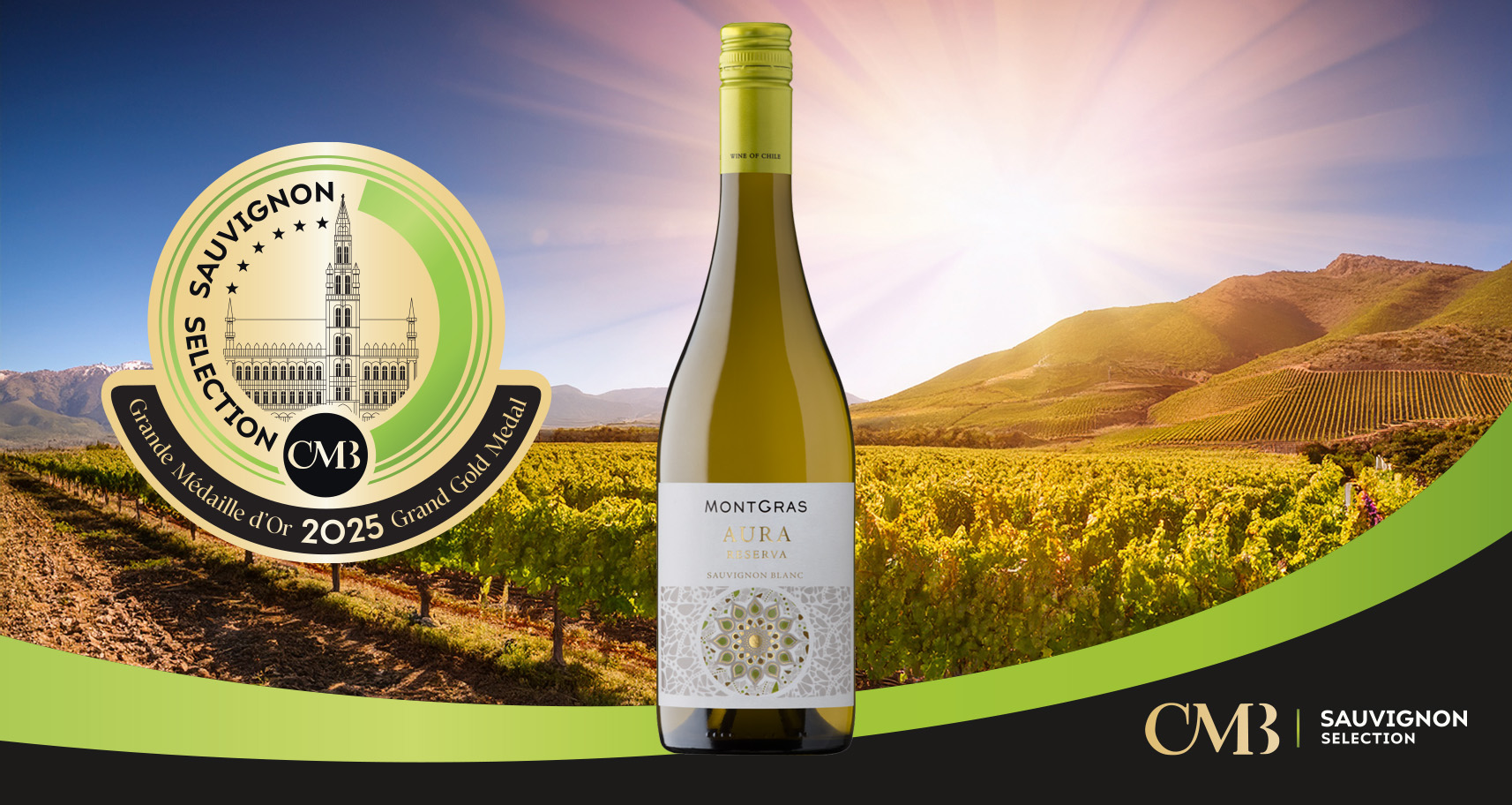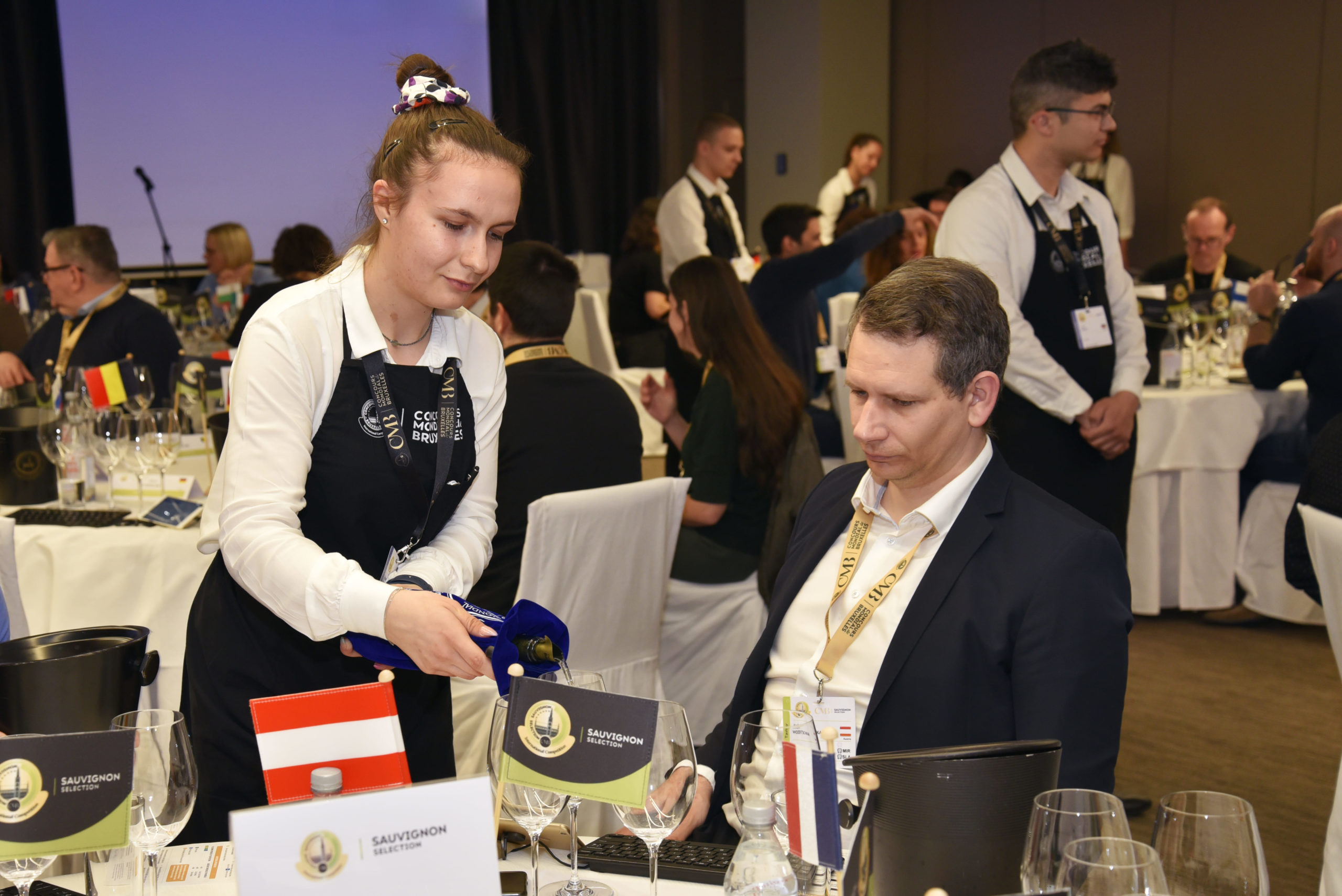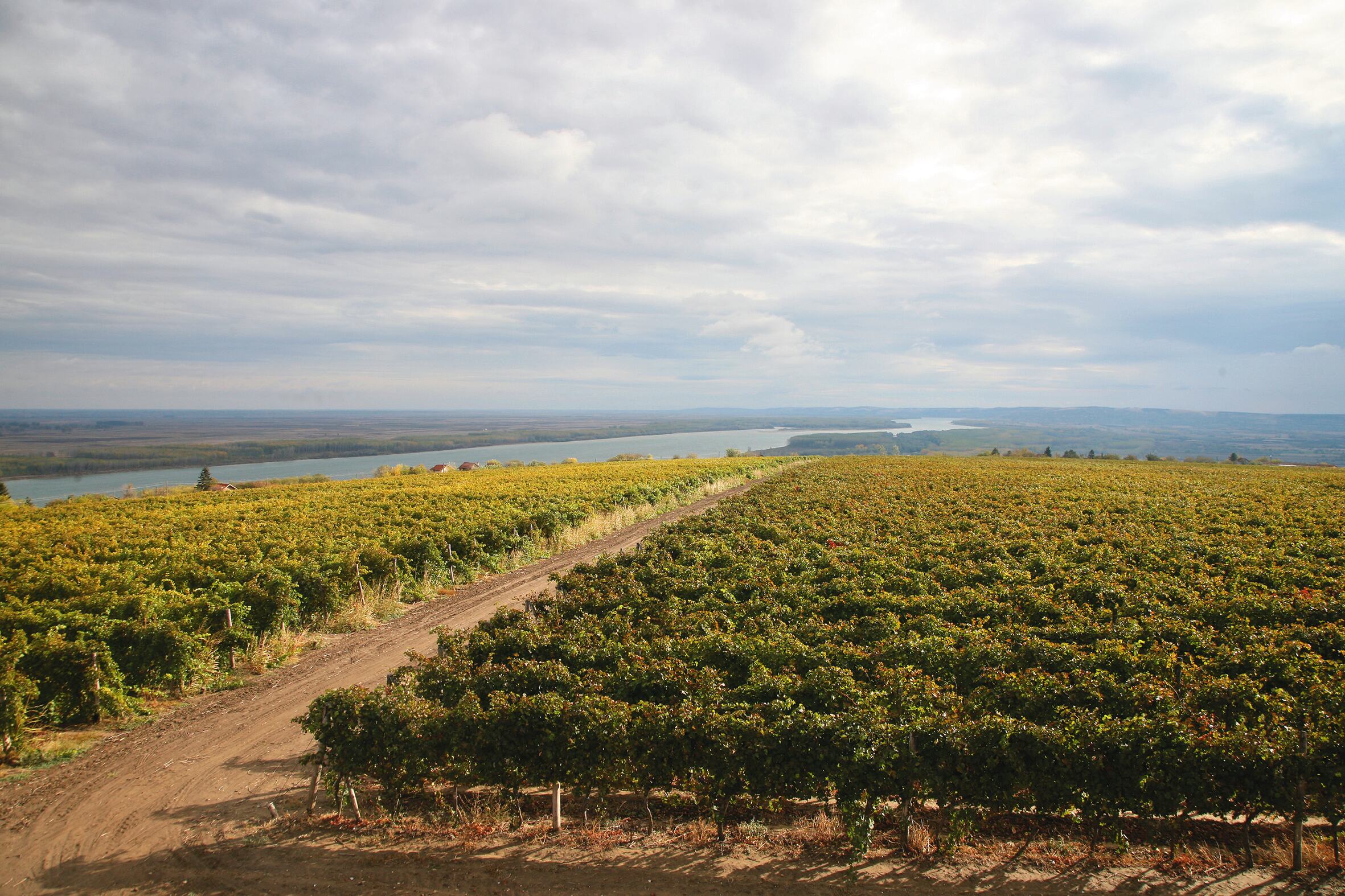Sauvignon blanc, the jewel in Styria’s crown
Austria
If ever a wine region captured the zeitgeist for white wines, it has to be Styria or ‘Steiermark’, in South-Eastern Austria. With their moderate alcohol content, zippy fruit flavours spanning the varietal spectrum and crisp, clean but also layered, elegant textures, the region’s Sauvignon blanc wines are an undeniable match for today’s consumer preferences.
These qualities have not been lost on the region’s producers – Sauvignon blanc vineyards in the area have grown apace in recent years, surging by nearly 30% in just five years (2016-2021). Styria is not about to challenge Sauvignon behemoths like New Zealand or France in terms of acreage, but its singular vineyard sites shaped by unique weather patterns, dizzyingly steep inclines and multiple soil types broaden the stylistic spectrum for Sauvignon enthusiasts. Mirroring the global popularity of Sauvignon, Styria has embraced the variety in earnest, shunning stereotypical iterations of the grape and instead developing its own idiosyncratic renditions as knowledge of both the variety and its relation to the local terroir has been honed.
Surge in plantings
There are currently more than 900 hectares of Sauvignon vines across Styria’s three wine regions, which is approximately 20% of the total white varietal range. After extending its footprint by nearly 200 hectares between 2016 and 2021, Sauvignon now ranks as the most planted grape variety, ahead of Welschriesling. Predictably, in Austria’s most mountainous wine region, many of the vineyards are located on steep slopes – inclines can reach 80% or more in places. This, combined with the strict quality requirements introduced with the DAC Steiermark system of origin, make manual vineyard work virtually unavoidable – and hand-harvesting is mandatory.
In 2018, Styria entered a new era when all three of its wine regions were declared DAC – aka Districtus Austriae Controllatus – status, officially recognising its regionally typical designations
The DAC system
In 2018, Styria entered a new era when all three of its wine regions were declared DAC – aka Districtus Austriae Controllatus – status, officially recognising its regionally typical designations. The DAC pyramid has three quality levels: the regional DAC category Gebietsweine; village-designated Ortsweine; and single-vineyard Riedenweine. Within each of the classifications, winemaking techniques differ – use of stainless steel tanks aims to preserve primary aromas whereas partial oak fermentation and/or partial malolactic fermentation, or even skin contact in some cases, lend depth and ageability. Consequently, the resultant Sauvignon wines are stylistically diverse – some of them are designed for early-drinking, whilst others have a propensity to mature. The DAC system itself specifies the release date of the wines, ranging from March 1 after the harvest for DAC Gebietsweine to May 1 for DAC Ortsweine and DAC Riedenweine.
Stylistic variety
Similarly, the myriad vineyard sites – where weather patterns, aspect, incline and soil type can vary considerably – factor into the equation. High rainfall – up to 1,200 mm a year in some areas – and plentiful sunshine play a pivotal role. In an era of climate change, the level of precipitations is undeniably an advantage, counterbalancing the increasingly frequent long dry periods. Invariably, diurnal shift is significant, promoting long hang-time for the grapes, increasing fruitiness and enhancing aromatic potential. In terms of soil types, Styria, with its Illyrian climate, is home to an extensive variety of formations, ranging from slate-gneiss and volcanic rock to limestone, coarse-grain gravel and sand, each of them leaving its own distinctive imprint on the profile of the wines. This is, of course, further enhanced by the individual signature style of the winegrowers, which, in a region where small, family-run wineries are the norm, can lead to an endless choice of Sauvignon varietal wines, both still and sparkling, running the gamut in terms of sweetness from bone dry to lush noble rot examples.
![]()
International endorsement
Styria, whose picture-postcard scenery alone makes it worth a visit, has carved out a unique place for itself on the global Sauvignon map, hitting its own sweet spot amidst well-established varietal styles and regions. And judging from the shower of accolades the region’s Sauvignon wines have garnered in recent years at Sauvignon Selection by CMB (formerly Concours Mondial du Sauvignon) – in 2023, 42% of all Styrian wines entered were awarded gold or silver medals and the trophy for the ‘Best Sauvignon blanc in the competition’ went to Weingut Adam-Lieleg – there is every likelihood local winegrowers will continue to capitalise on the variety’s proven suitability to the region’s distinctive terroir. All of this makes Styria a logical choice of host region for the next Sauvignon Selection from 18 to 20 April 2024.
Sharon Nagel
From 18 to 20 April 2024, Sauvignon Selection by CMB will be held in Steiermark, Austria. Register your Sauvignon Blanc wines here sauvignonselection.com/en/registration/


